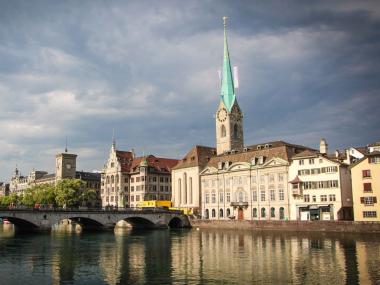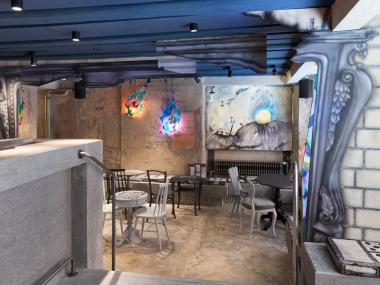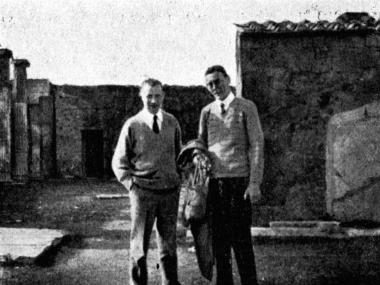10 Facts About Dada
1
“Dada is a new art form.” (Hugo Ball, July 14, 1916)
Dada is an artistic and literary movement that was founded in 1916. It cannot be reduced to a single form of expression, and is therefore almost impossible to define. However, the movement is generally regarded as being anti-bourgeois and anarchical, and Dada art as nonsensical, crazy and wild.
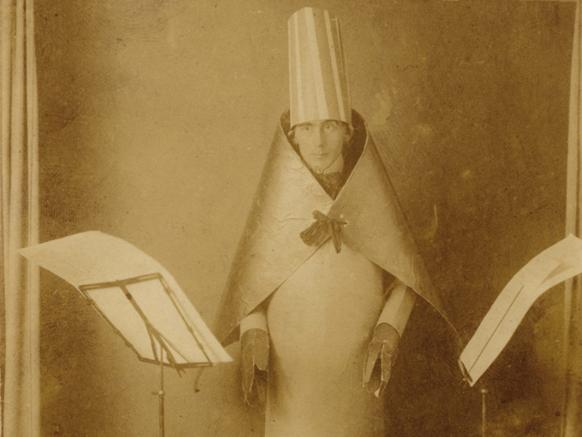
2
Dada was founded in Zurich.
In 1916, the First World War raged throughout almost all of Europe. There was little room for art. As a result, many artists and intellectuals made their way to Zurich, in neutral Switzerland, where they were able to create so-called exile art. At that time, Zurich, as a place of refuge, became the epicenter for the European avant-garde.

3
The Cabaret Voltaire is the birthplace of Dada.
On February 5, 1916, Hugo Ball and his future wife, Emmy Hennings, opened the Voltaire artists’ tavern at Spiegelgasse 1 in Zurich’s Niederdorf quarter. It became a popular meeting place for many like-minded international artists and intellectuals. The cabaret was situated just a stone’s throw from the apartment of Lenin, who was also in exile here at this time.

4
“Dada” is a rocking horse.
The origin of the rather bizarre name, “Dada”, is enshrouded in legend. One popular theory is that one of the Dadaists simply picked “dada” – the French word for “rocking horse”– at random while leafing through a German-French dictionary. Another version claims that the name derives from the Russian word “da”, meaning “yes”. Yet another maintains that the Dadaists were inspired by the soap manufacturer, Bergmann & co., which had a rocking horse as its logo. One Dada manifesto even states: “Dada is the best lily-milk soap in the world”.
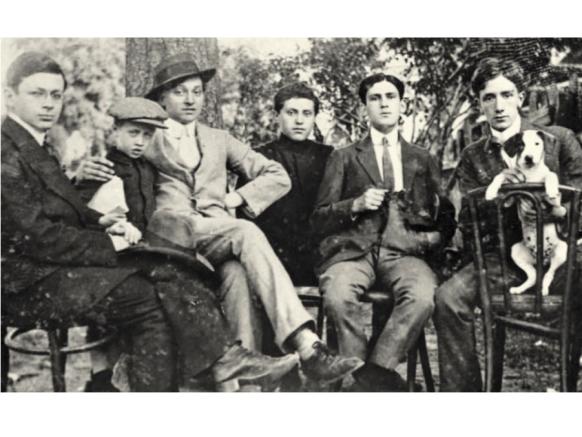
5
Dada is international.
The founding members came from different countries: Germany, Rumania, France – only Sophie Taeuber Arp, the wife of Hans (Jean) Arp, was from Switzerland. Incidentally, Sophie Taeuber Arp is depicted on the old Swiss 50 franc banknote.
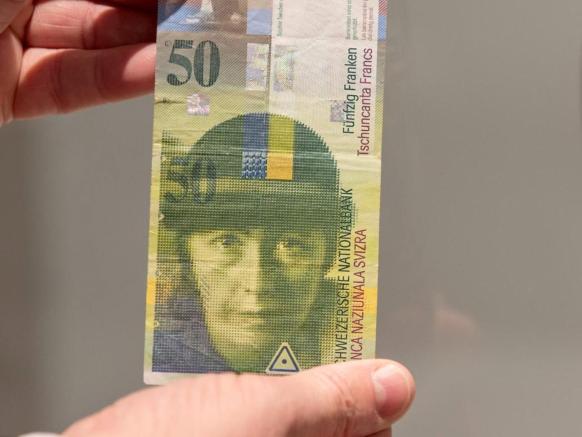
6
Dada opposed war and bourgeois norms.
The Dadaists were searching for a form of art that would heal and free people from the madness of the times. While war raged on in the rest of Europe, in Zurich the Dadaists experimented with various styles and means, and in their own special way – with nonsense, humor and irony – protested against the atrocity and brutality of the war.
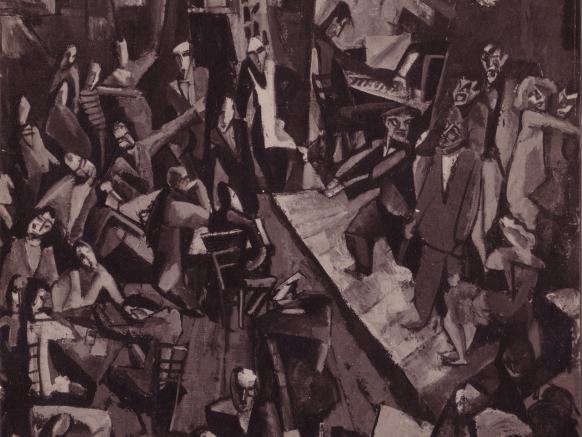
7
The Dadaists were the first performance artists and precursors of slam poets.
In a kind of frenzy, the Dadaists experimented with different styles, materials and forms. When Hugo Ball first presented his “verses without words” – so-called sound poems – they lent Dadaism a touch of mysticism and for many people made it into a kind of religion. The Dadaists were the first performance artists, who besides sound poems also invented the simultaneous poem (whereby verses are read out in different languages and at different speeds at the same time) and were the precursors of Surrealism and modern-day slam poetry.
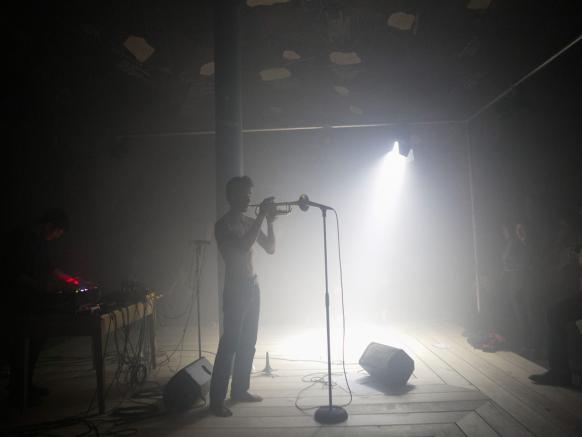
8
Dada is a little bit gaga.
In Zurich, the Dadaists caused an uproar with their unconventional art and bizarre activities. They drew attention to themselves by publishing false reports in the daily newspapers – including one about an alleged pistol duel between two Dadaists on the Rehalp Hill in Zurich. They would regularly fling open the doors of the local taverns, shout “Dada!” at the top of their voices, and disappear again as quickly as they had come.

9
Dada conquers the world.
The Dadaists were great communicators. By means of letters, manifestos and magazines, which they sent to their artist friends, they succeeded in spreading their vision around the globe. Soon there were Dada groups in Berlin, Hamburg, Paris and even New York. Well-known Dadaists far removed from Zurich were Man Ray, Marcel Duchamp, John Heartfield and Hannah Höch.
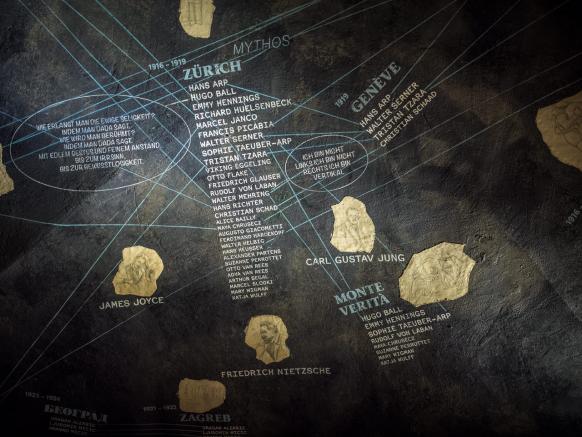
10
Dada is dead. Long live Dada!
The better-known and more international the movement became, the more frequently disputes arose among the founding members regarding the aims and objectives of Dada. Hugo Ball left the group after just a few months and went into new exile in Ticino, where he completely devoted himself to mystical Catholicism. The internal squabbling brought Dada to an abrupt end. In 1923, Surrealism was founded, which many Dadaists joined.

